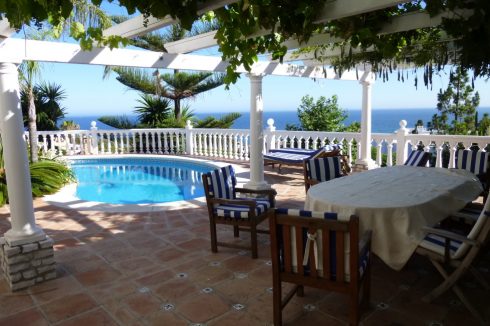VULTURE Conservation activists have called on the Spanish government for the banning of a commonly used prescription drug after a rare Cinereous vulture was found poisoned in a breeding area in Catalonia.
Autopsy results show that the vulture died from generalised visceral and articular gout caused by intoxication from diclofenac, a popular anti-inflammatory prescribed by vets.
The bird in question was a young male and was part of an important breeding program to reintroduce the rare species into Spain.
This case presents the first of its kind in Europe, but the issue has been a serious one in parts of Asia in the past 10 years.
In 2006, the South Asian Gyps Vulture was brought to the point of extinction in areas of India, Nepal, Pakistan, and Bangladesh, resulting in the governments of these countries to ban the use of the drug.

The Vulture Conservation Foundation, (VCF) have called on the Spanish government to do the same, and call the situation a ‘smoking gun’ across Europe.
Campaigners are pushing for diclofenac to be replaced by the environmentally safe meloxicam, a similar anti-inflammatory used on livestock that has been shown to be harmless to vultures.
Toxicology results taken from vulture feeding sites have shown diclofenac present in 0.4% of meat samples, a fact that the VCF have claimed was only a matter of time before we saw Spain’s first vulture death.
The issue has been brought to the central government before, however it was dismissed as they claimed that methods of processing deceased livestock prevented the meat from entering the vultures food chain, contrary to research.
The VCF, along with other vulture conservation groups across Europe are currently working to monitor feeding samples across popular breeding areas to get a larger picture of the scale of the problem in the hope that no more protected birds will be killed.
Cinereous vultures are classed as ‘near threatened’ by the International Union for Conservation of Nature (IUCN), but a successful breeding program in northern Spain has increased the population from 250 pairs in the 80s to nearly 3000 pairs.
The species is also in the process of being reintroduced into Portugal, France, Greece and Bulgaria.
READ MORE:
- Huge vulture shocks motorists in Spain’s Malaga as it lands on busy road
- Alleged ‘environmental terrorist’ arrested after killing 15 Griffon Vultures in Granada
- Two vultures killed by Guadalteba wind turbines











